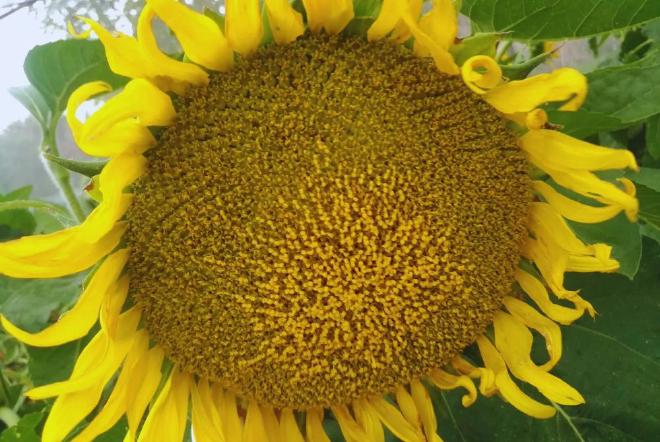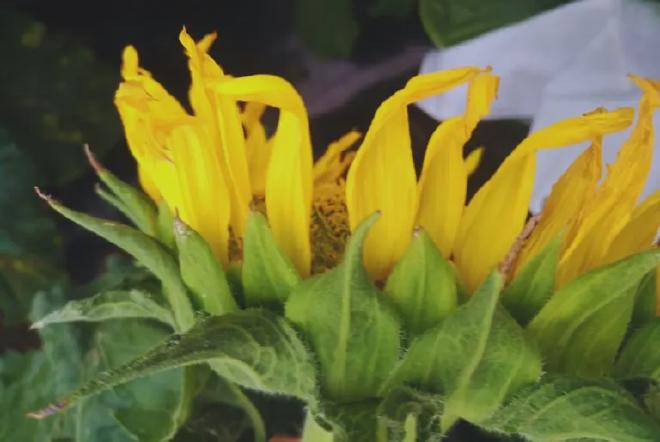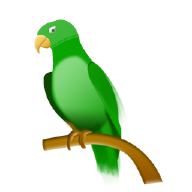
A team of researchers from INTA and CONICET, in collaboration with the University of Trento (Italy), presented the first artificial intelligence tool that automatically identifies sunflower phenological stages from images taken with cell phones. SunPheno is a free and open access platform that represents an unprecedented advance in the genetic improvement and agronomic management of this crop.

The development of an artificial intelligence platform is aimed at improving the accuracy of identifying critical moments in crop development, especially leaf senescence, a crucial stage for grain filling and, consequently, final yield. Specialists from the Institute of Agrobiotechnology and Molecular Biology (Iabimo) of INTA and CONICET, in collaboration with the University of Trento (Italy), presented SunPheno, a model that uses images taken in the field with cell phones. The development was supported by INTA’s AgTech program.
“Senescence is a complex process, regulated by internal and external factors, that involves a decline in photosynthesis. If we can correctly synchronize this process with the phenological stages, we can maximize yield,” explained Melanie Corzo, a doctoral fellow at Iabimo, a dual-function executive unit of INTA-CONICET.
The team built a database of 25,000 images taken with cell phones in the field. The images correspond to two inbred lines from INTA’s genetic improvement program that were manually classified to train a machine learning model, which can now automatically distinguish between vegetative and reproductive stages.
“This system eliminates subjectivity in the evaluation of sunflower phenology, which is essential for both research and production,” explained Corzo, who anticipated that the next step will be to scale the model to work with images taken by drones and satellites.

For Paula Fernández, researcher and coordinator of a line of research in sunflower genomics and ecophysiology at Iabimo, SunPheno also provides key information for understanding when senescence is triggered in different genotypes. This would allow for fine-tuning genetic selection strategies to obtain hybrids that are more efficient in their use of resources. “To do this, we initially take photos with cell phones and then evaluate the phenological state of these sunflower genotypes under field conditions,” she indicated.
“The cell phone has become a mass phenotyping tool: we generate more than 5,000 images per campaign, and the model allows for automatic classification,” Fernández noted, adding that the development “is highly relevant because it is the first sunflower cultivation platform that allows for the identification of crop stages, which are key to identifying the components that determine yield.”
The system not only accelerates and standardizes decision-making in the field, but also lays the foundation for a new era of digital agriculture in field crops like sunflowers, where phenology and productivity are deeply intertwined.
The platform is specifically aimed at breeders, producers, and academics, and is now accessible through a public link. In addition to the Argentine team, Sofía Bengoa Luoni, a researcher at Wageningen University in the Netherlands, and Farid Melgani, from the University of Trento in Italy, participated in its development.

